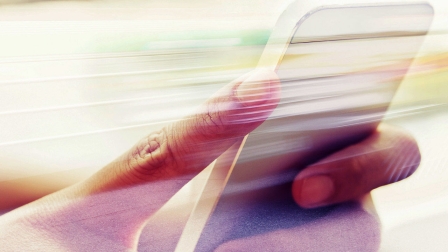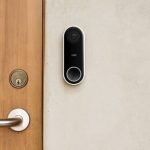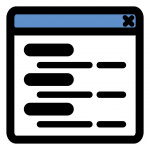The True Time Cost Of Multitasking
In the interest of knowing where my day really goes, I have been tracking my time for the past 15 months. I use spreadsheets with half-hour blocks. That keeps this project manageable, but this method does have a downside: losing detail. When I write “work” for 30 minutes, was I really working for the entire 30 minutes?
In this era of constant connectivity, the answer is probably no, something new time-tracking apps can reveal. We are starting to learn the true time cost of multitasking. It’s pretty steep, but knowing the cost, by itself, can change a lot.
Anna Winterstein, cofounder of the app Smarter Time, knew that “our intuitive appreciation of our time is generally quite wrong,” but she also wanted a way to track time in a way that “wouldn’t take away from our lives as a timesheet would do.”
Smarter Time (currently in beta) functions somewhat like a personal assistant to whom you’d teach things. You type in what you’re doing for a few days, and then the app learns, based on location, and your habits, what you’re probably doing during any given block of time. At that point, “You need to spend one minute correcting obvious mistakes, but that’s about it,” says Winterstein.
A Persistent Puzzle
She was one of the first testers. She hoped the app would help her solve one of her persistent time puzzles. She seemed to be working all the time, to the point of not doing many fun evening activities any more. During the day, “I’d work for two hours, and hadn’t been very productive, but I didn’t think it was because I hadn’t worked enough in terms of time. I chalked it up to maybe not having the right methods. I didn’t think the small breaks I was taking on social media were adding up to that much.”
Her app revealed otherwise. Every 10-15 minutes she would break from her work and check something else. Each small break was just two or three minutes, but still, “that’s about 20% of my working time,” she says. And it gets worse. After a break, it took her a few minutes to get back into what she was doing. Studies of interruptions have found that task resumption is seldom immediate. Winterstein reports, “I was probably working five minutes of every 15 minutes productively.” In other words, any given hour of work translated into a mere 20 minutes of “real” work. No wonder she felt distracted, stressed, and like she wasn’t getting anything done.
She’s far from the only one. Other app testers found similar levels of distraction, although she notes that some people weren’t just wrong on the small breaks, they had no concept of big chunks of time. A 30-minute coffee break slimmed down to just a few minutes in their minds because “our view of our time use is very intrinsically linked to our view of ourselves,” she says. If we feel stressed, we feel like we’re working long hours—even if we’re not.
Kicking A Bad Habit
In any case, once Winterstein saw the data on her multitasking habit, she knew she needed to do something. “As soon as you start appreciating how long you’re really spending on short breaks, it does free up a lot of time if you control that,” she says.
Now, she consciously takes a five- to 10-minute break every one to two hours. This means she’s working more while she’s working—taking five minutes off every hour versus 12 minutes (the equivalent of a two-minute break every 10 minutes). That’s a savings of seven minutes an hour right there, or enough to gain an additional hour (56 minutes) within an eight-hour workday.
But “more than the quantity of time you save, it’s about the quality of time you end up getting,” she says. She’s focusing for 55 minutes of every hour, versus 20 minutes every hour. That’s a huge win.
The payoff is that she’s been able to get more done during the day, and cut out the late nights. “Now I can get some time to go to singing lessons,” she says. “I got some time back to read.” Knowing where the time goes has helped everyone be more productive: “Everyone on our team has felt the same effect,” she says. “As soon as we started having a clear view of our time, it helped us work better.”
Fast Company , Read Full Story
(37)













